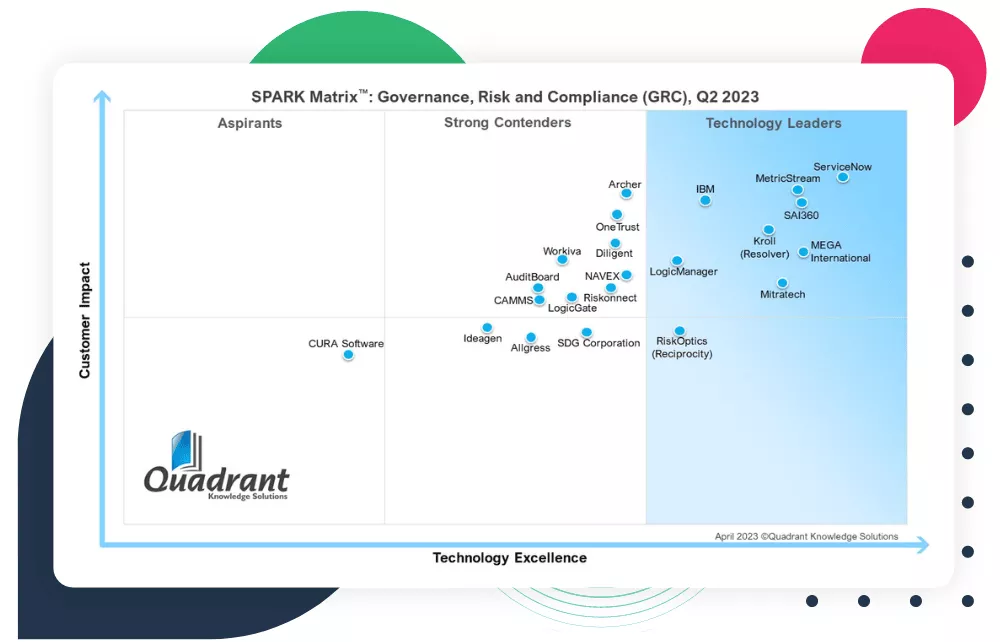
Government digital innovation in Southeast Asia: challenges and solutions
Governments across Southeast Asia are embracing the transformative potential of technology to enhance their services and better serve their citizens. The journey toward government digital innovation is not without its challenges, but it presents a tremendous opportunity to revolutionize governance, improve public services, and foster greater engagement and transparency.
Challenges and Driving Government Digital Innovation in Southeast Asian
Digital transformation within government is a dynamic and ongoing process aimed at leveraging technology's potential to enhance responsiveness, efficiency, and the delivery of citizen-centric public services. Successful implementation hinges on strategic planning, collaborative efforts, and a steadfast commitment to innovation.
Recently, during peer-to-peer sessions organized by MEGA at the FST Government ASEAN Summit in Singapore, we delved into the challenges confronting government agencies, their strategies for driving transformation, and the notable successes stemming from these initiatives.
In the inaugural segment of this three-part blog series, we will illuminate the key challenges faced by government agencies as they embark on the journey of implementing digital capabilities, fostering innovation, and steering transformation. Get ready for insights into the complexities and opportunities shaping the digital landscape of government initiatives.
Addressing Legacy Systems and Infrastructure Challenges
Exploring the intricate dynamics of infrastructure and connectivity unveils a series of challenges, particularly when confronted with deeply entrenched legacy systems. It's all about the nuanced landscape where the demands of modern connectivity meet the complexities posed by established systems, shedding light on the integration challenges faced by archipelagic nations and other countries in Southeast Asia.
In archipelagic countries such as the Philippines and Indonesia, a fundamental challenge lies in inadequate infrastructure and connectivity. Insufficient broadband infrastructure and unreliable networks can impede the adoption of digital tools, particularly in rural or remote areas. This limitation, coupled with slow internet speeds, can lead to frustration and compromise the effectiveness of online applications.
Organizations entrenched in legacy systems may encounter challenges when integrating new digital technologies. For instance, in Singapore, where all five polytechnics are undergoing migration to a new system, the issue of legacy becomes evident within each polytechnic, where numerous historical systems coexist. Transitioning to a unified system requires harmonization while ensuring sufficient customization to meet the unique needs of each polytechnic. This delicate balance poses a significant challenge during the migration process.
Mitigating Resistance to Change and Overcoming Bureaucratic Hurdles
Employee Reluctance to Change and Digital Tool Familiarity Barrier
Many employees and stakeholders resist alterations to established processes and routines due to a fear of the unknown. The reluctance to adapt to new technologies can significantly impede efforts to embrace digital transformation.
Insufficient understanding or familiarity with digital tools and technologies creates a barrier. Employees may feel overwhelmed or unprepared to use new systems, fostering hesitancy in embracing digital processes.
Challenges in Digitizing Healthcare in Singapore's Central Region
In the central region of Singapore, where a substantial portion of residents are elderly, the digitization of healthcare has proven more challenging than anticipated. Even in facilities implementing a 'no counters' system, the need for physical manpower persists. The workforce of 10,000 comprises individuals from four different generations, adding complexity to the transition.
Policy Complexity in IT Systems Development
Policies can contribute to the complexity of systems. According to a Director in SkillsFuture Singapore’s Digital Enablement & Operations Division, the development of policies needs to be inclusive, especially in IT systems development. The initial aim for simplicity often results in overlooking certain demographics, leading to system overcomplication during the course of development.
Bureaucratic Delays in Technology Implementation
Bureaucracy can significantly slow down the integration of new technologies, particularly in sectors where executives and board members are of an older demographic. In such workforces, lacking IT savviness may necessitate temporary consultancy help, but the essential embedding of Ops-Tech into the sector faces costs and labor intensity challenges.
Addressing Data Security and Privacy Concerns
Government agencies encounter distinctive challenges regarding ensuring data security due to the sensitive nature of the information they handle.
Intricate Regulatory Compliance
Government agencies are entangled in an intricate network of regulatory frameworks and compliance standards. The task of ensuring adherence to laws and regulations, frequently tailored to the unique demands of the public sector, introduces an additional layer of complexity to the endeavors of securing data. For instance, the healthcare sector in Singapore operates within the parameters established by the Ministry of Health, strictly following its HealthTech Instruction Manual to guarantee compliance.
Need for Interagency Collaboration
Collaboration between different government agencies is essential for efficient governance, but it can complicate data security. Sharing sensitive information while maintaining robust security measures requires careful coordination and standardized security protocols.
Stay tuned for Part 2 of this series, where we delve into how government agencies adeptly confront and overcome these formidable challenges.
MEGA Leadership Related Content
See the Bigger Picture and Accelerate Business Value
Discover how organizations rely on us to transform their IT
Hear More From Companies Like Yours






